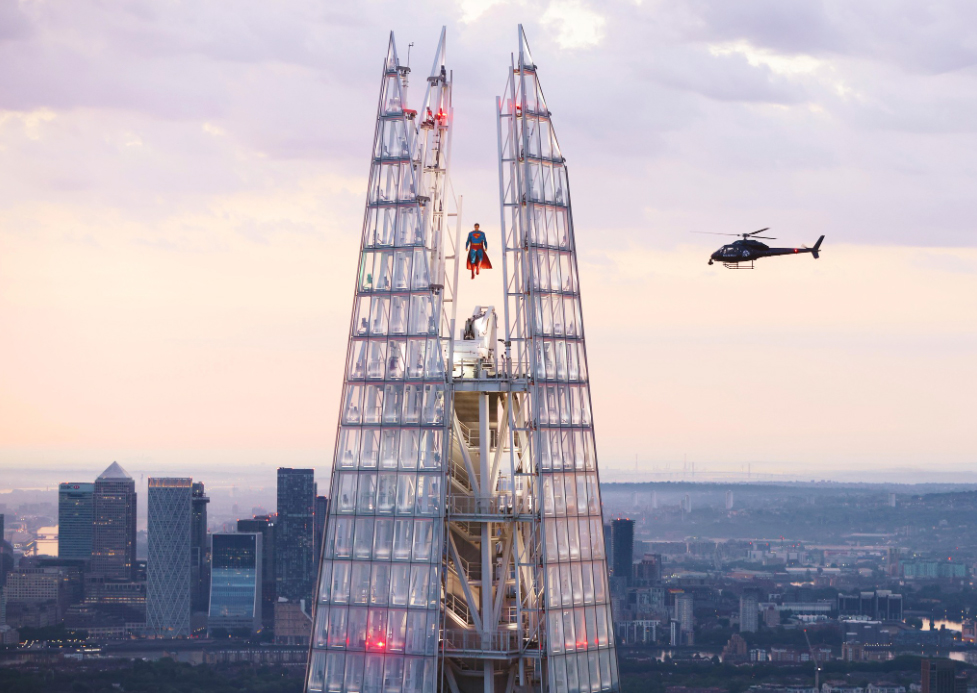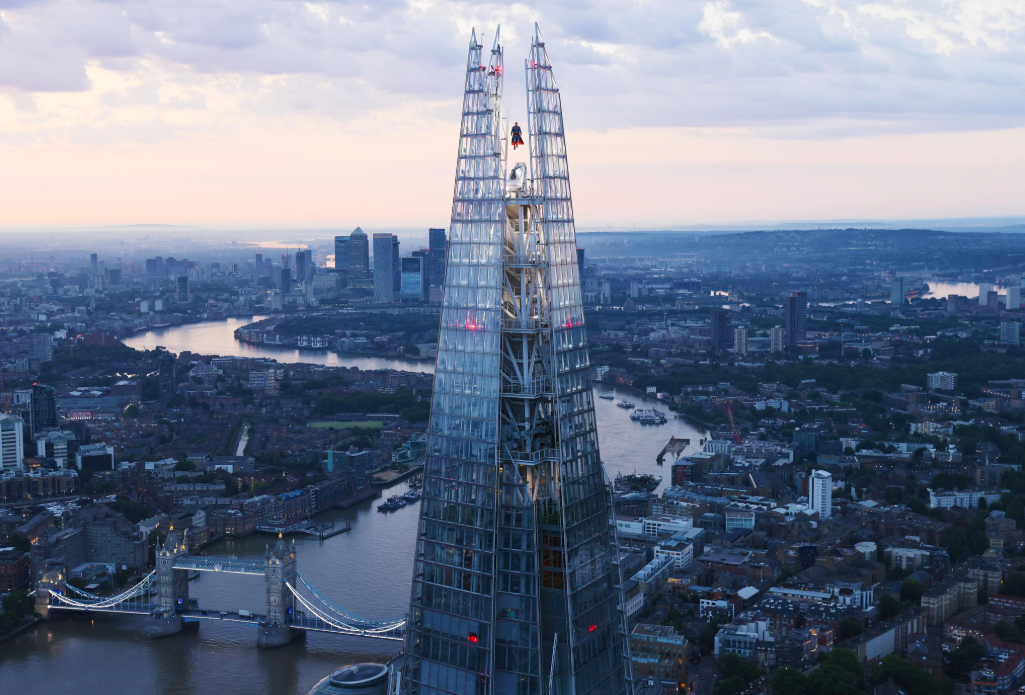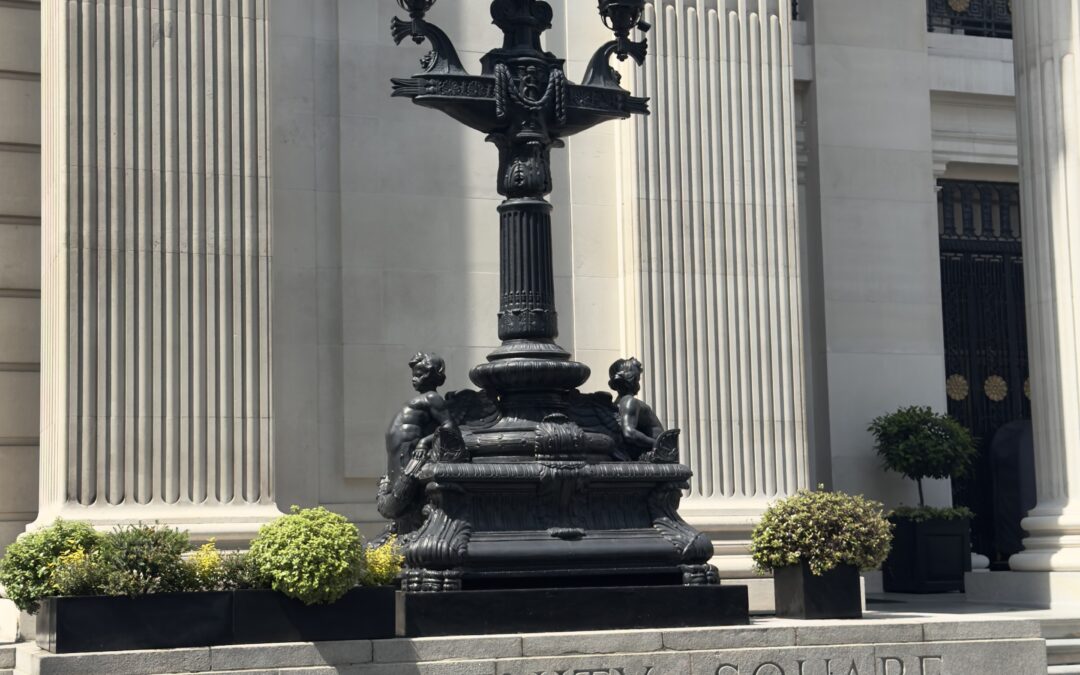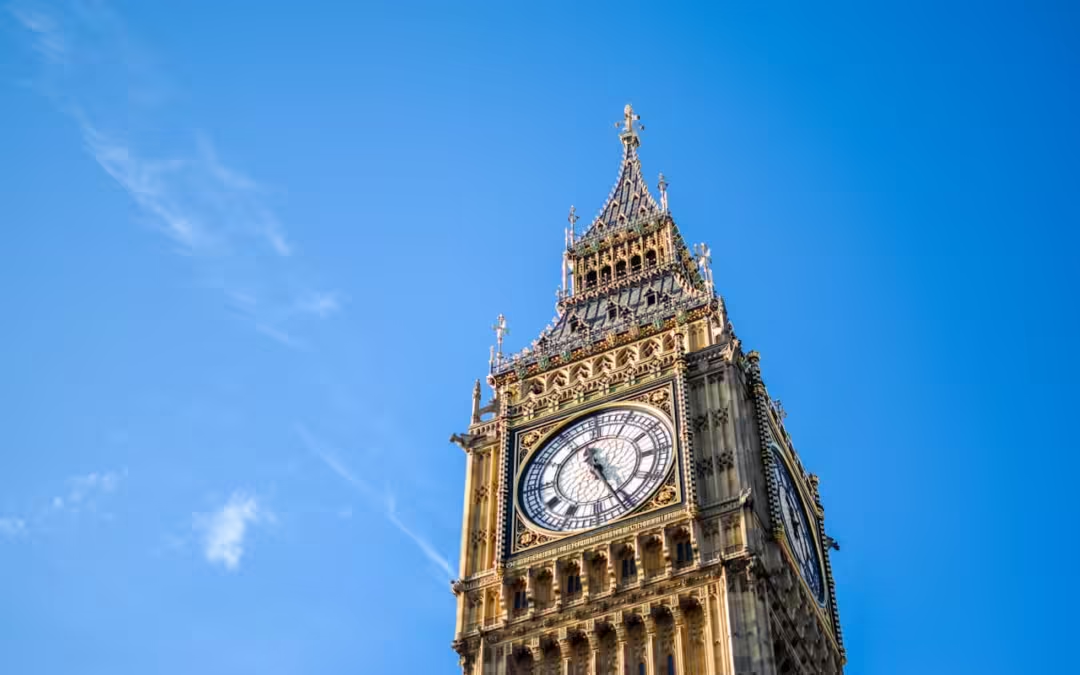
The Big Ben
Big Ben: The Icon of London’s Skyline
The air was warm, the kind of rare London sunshine that makes the city feel like it’s showing off. People bustled around me, the murmur of traffic mixing with the sound of footsteps on the pavement. I climbed the last few stairs of Westminster station, squinting as daylight poured in. And then—there it was. Rising above the rooftops, gleaming in the sun, every detail sharp and proud. Big Ben. Majestic, glittering, unlike anything I’d ever seen. For a moment, I just stood there, letting its grandeur sink in.
A Brief History of Big Ben
The name “Big Ben” actually refers to the massive bell inside the clock tower, though many believe it’s the tower’s name. Its official name is the Elizabeth Tower, renamed in 2012 in honor of Queen Elizabeth II’s Diamond Jubilee. The story of Big Ben dates back to the 1800s. After a devastating fire destroyed much of the Palace of Westminster in 1834, the decision to rebuild included plans for a magnificent clock tower. This ambitious project was completed in 1859, and Big Ben has been ticking ever since, withstanding wars, weather, and the test of time.
The Unbreakable Spirit of Big Ben
One of the most fascinating things about Big Ben is its endurance. During World War II, the clock was damaged, and the face was blacked out to avoid being a target during air raids. Yet, Big Ben continued to keep time. It’s a reminder of the resilience of both the clock and the British people.
Climbing Big Ben: A Rare Opportunity
Unfortunately, public access to the Elizabeth Tower is limited. Only UK residents can request a tour, and it’s not for the faint-hearted—there are 334 steps to the top! However, for those lucky enough to make the climb, it’s worth every step. From the top, you’re greeted with a stunning view of London, seeing iconic landmarks from a unique vantage point.
The Magic of the Great Bell
Big Ben, the bell itself, weighs over 13 tons and has a deep, resonant chime that echoes across London. It strikes every hour, while smaller bells chime every quarter-hour. Standing next to it is an experience like no other. The sound has been heard at countless significant moments, marking New Year’s Eve, remembrance days, and royal celebrations.
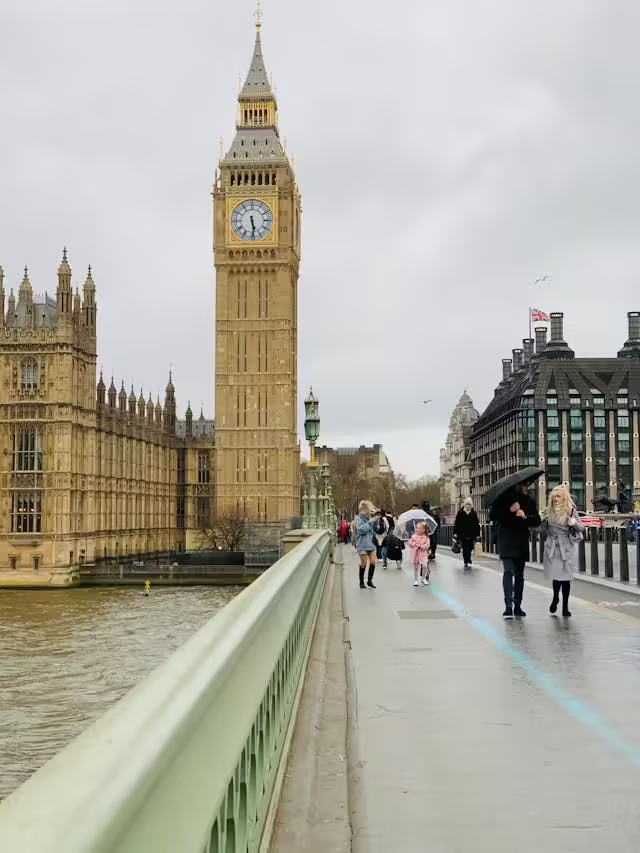
Restoration and Preservation
In 2017, Big Ben underwent a major restoration to preserve its architecture and mechanism. This lengthy process ensured that it could stand proudly for generations to come. Although its chimes were paused during the renovation, the clock continued to keep time, symbolizing that even when silent, Big Ben never stops.
Fun Facts About Big Ben
1. It’s not the original bell – The first Big Ben bell cracked during testing, so the one we hear today is actually the second.
2. Its accuracy is impressive – Big Ben is famously reliable, with a team of clockmakers adjusting pennies on its pendulum to keep it in sync.
3. The light above the clock – Known as the Ayrton Light, it glows when Parliament is in session, symbolizing democracy in action.

Why Big Ben Continues to Captivate Us
Big Ben is more than a clock; it’s a living symbol of history. Its timeless design, resilient spirit, and majestic presence remind us of London’s journey through the ages. When you hear its chime, you’re not just listening to a bell; you’re experiencing a heartbeat of British heritage.


